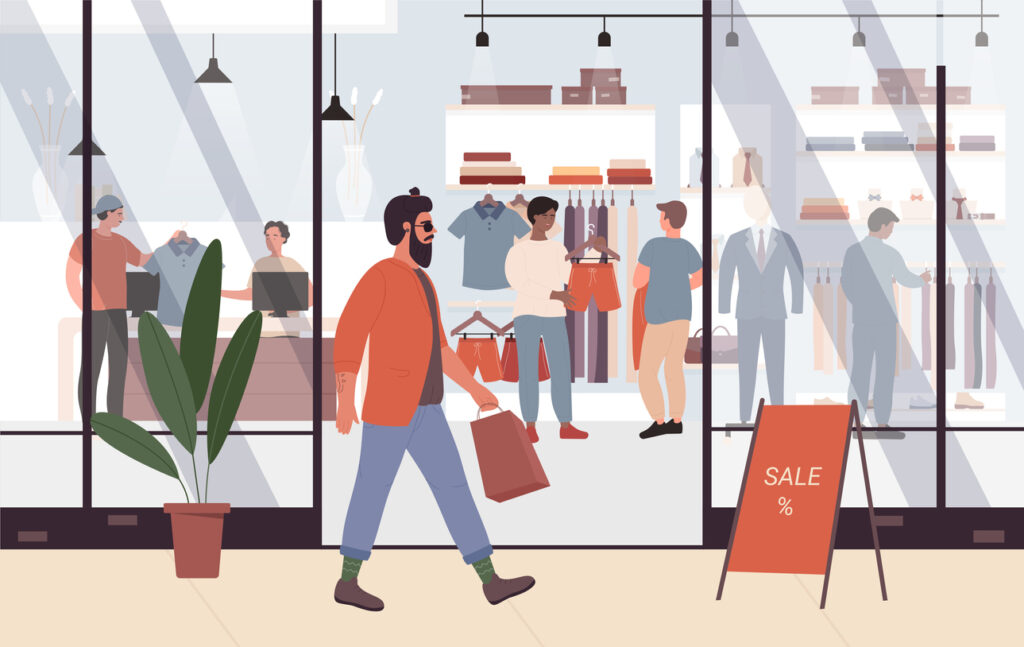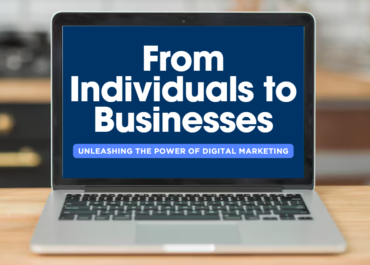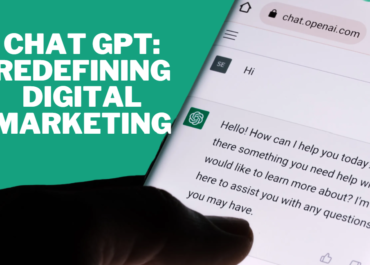Brick and Mortar vs E-Commerce

The battle between brick and mortar versus E-Commerce has been one of the most intense arguments in business. How do we stop E-commerce from stealing all of our profit? How do we maintain our flow of customers to ensure that we have consistent revenue to drive growth? The reality of this scenario is that e-commerce is not your enemy, nor is it something you can ignore if you are a physical retailer. Staying on one channel is no longer an option for businesses that want to encourage growth and longevity. How consistent would your growth be if you had the flexibility of a physical location and e-commerce? When your business combines the flexibility of e-commerce with a brick-and-mortar strategy, your profitability is less vulnerable to changes in consumer buying preferences. Ignoring e-commerce puts businesses at risk of losing revenue, market-share, and potentially going out of business. While it can be stressful and exhausting to manage a retail location, adding an online channel might seem overwhelming. Starting with this small online strategy can be the key to ensuring your business endures when shopping preferences change. Combining both methods takes an understanding of your audience. Where are they, what can I sell, and who will execute the plan?
How did this happen?

While the surge in online demand can be pointed to Amazon making it easier for consumers to purchase, technology is to blame. Consumers want things done better, and faster which includes their purchase experience. Exceptions to this rule exist (luxury items, home buying, etc) but most consumers prefer the ease of use and speed of delivery. Technology has made it easier to provide services to consumers through e-commerce, video technology, and connected systems. The fight ensued when brick and mortar did not have the resources to keep up with online engagement. The lack of presence from brick and mortar companies online provided opportunities for new internet-oriented businesses to fill the need. Losing store traffic reduced physical store revenue and activated the blame game. Instead of reacting and adjusting, the default action was to blame millennials, gen z, and FBA (Fulfillment by Amazon).
Don't Get Mad, Get Even

As consumer buying preferences change in your industry, it is even more important to find the best way to reach leads. Create an e-commerce strategy that leverages online customers and offline insights. Imagine being able to have peace of mind when consumer buying preferences shift, knowing that you have access to your customers on multiple channels? Establish your online strategy and balance it with a physical location presence. Learn how your audience’s buying preferences (do the research). What profitable items are they buying from your industry online? Drive traffic to your site by building your online presence and promoting your brand. Adjust the available resources within your store to ensure someone is managing your online store and presence. Use it as an opportunity to train your own digital team within the company so you can eventually keep the talent in-house and reduce your reliance on agencies. While it can be stressful and exhausting to manage a retail location, adding an online channel might seem overwhelming. Starting with this small online strategy can be the key to ensuring your business endures when shopping preferences change.

What Now?
I’ll tell you what now! *In Samuel L Jackson’s Pulp Fiction voice* Ignoring
e-commerce potential puts businesses at risk of losing revenue, market share, and potentially going out of business. Start small, find a way to reallocate your internal resources, and begin to put a plan together as outlined above. Look for more online resources to guide your path (oooor you could just read our previous blogs on building an online presence). Lastly, if it seems too daunting of a task, reach out to the professionals for help until you can manage it on your own.



